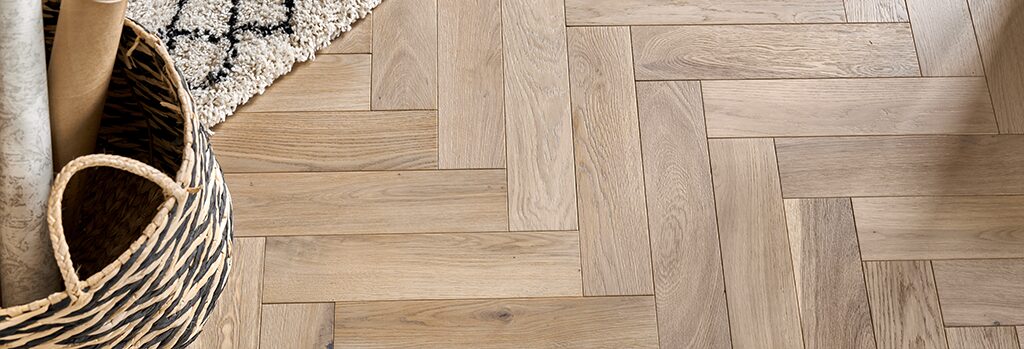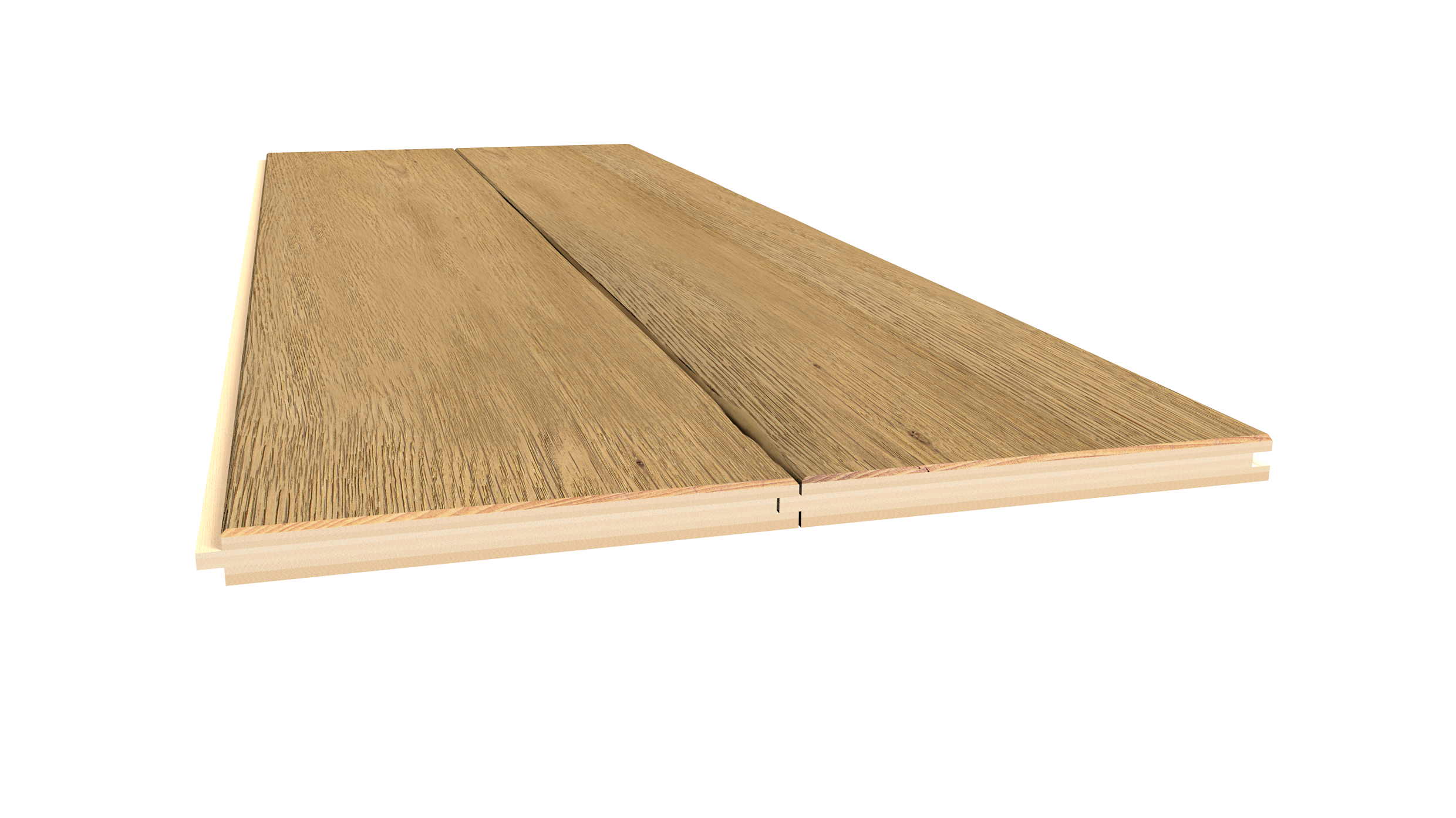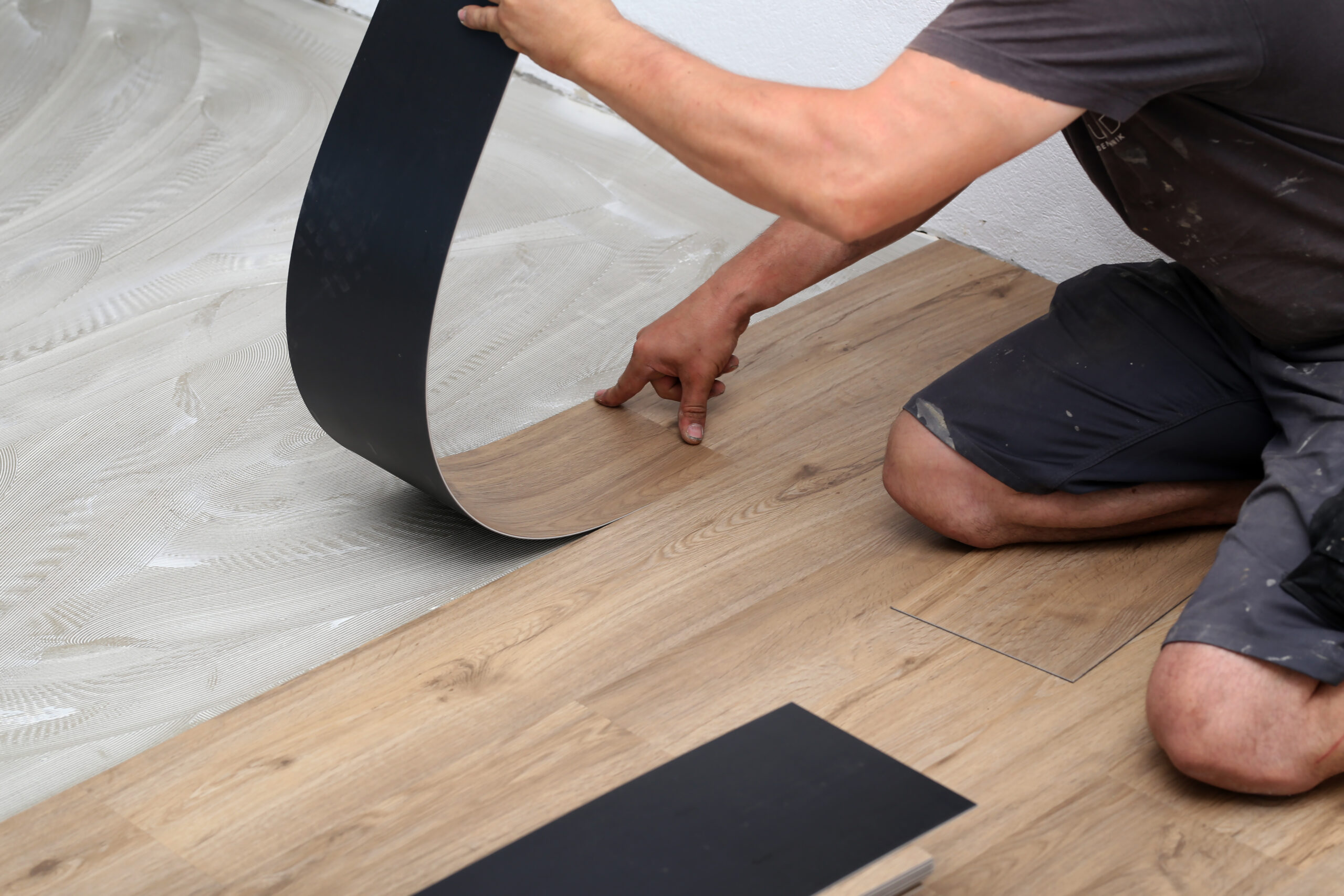The differences between LVT & Real Wood Flooring

Like any floor covering, there are always pros and cons of having one over another. As you’ll well know, it’s important to look at this from a range of different aspects when making a decision. We get it. Sometimes it’s hard to work out the differences between floor coverings, and then select a floor that’s right for you. In this blog we are going to walk you through the advantages and disadvantages of both LVT (Luxury Vinyl Tile) and real wood flooring, so you can make an informed decision on which one is right for you.


The Advantages of Real Wood & LVT Floors
| Real Wood Flooring | LVT |
| Real wood flooring has an oak wear layer so when it’s starting to look worn, it can be sanded & refinished to extend its life. | No expansion gaps required, it can be fitted right up to the skirting which allows the flooring to be replaced without replacing skirting. |
| Easy to maintain. For daily cleaning, vacuuming and a spray mop keeps the floor looking great. Have a look at our cleaning guide for help, and here is another useful article for you about maintaining a wood floor. | LVT is hard wearing and resilient to scratches, marks and dents. |
| Real wood flooring is authentic, no imitation. The beauty of real wood is unmatched. | You don’t need to worry about spills and stains. Most LVT will not discolour with water or moisture. |
| Warm underfoot (doesn’t get cold like tiles). | LVT is sometimes cheaper than real wood. |
| A wooden floor will add 10% value to your home. | Amtico & Kardean (LVT suppliers) have trained partners around the country. |
| Planks or parts of the floor can be replaced or repaired. | |
| Real wood flooring is durable and ages gracefully. In most cases it will outlive the homeowner. |
The Disadvantages of LVT & Real Wood Floors
When choosing the right floor for you it’s also important to consider the disadvantages of each of your flooring options, so you know what to expect in advance. Let’s take a look at some of the disadvantages of LVT and real wood flooring to help you out…
| Real Wood Flooring | LVT |
| Real wood flooring is more expensive than a lot of other imitation floor coverings. | LVT isn’t real, it is an imitation. However good they get they are not authentic and do not have that real wood texture or warmth that a wood floor brings. |
| Wood flooring is sensitive to moisture. In the occasion of a leak or where water is present it can wear quickly, distort, cup & bow. | LVT needs an almost perfect subfloor. Precise subfloor preparation is necessary to get it to a stage where LVT can be installed on top. |
| Scratches. Being a real wood floor, they do tend to scratch more easily when compared to harder floor coverings like LVT. | Scratches. Like real wood flooring, LVT will also scratch. Scratches in LVT flooring are sometimes harder to repair and conceal because of the vinyl surface. |
| Requires professional installation. | The extra cost of getting the subfloor perfect can often make it a similar cost to real wood. |
Hopefully you now understand the differences between LVT and real wood flooring, which will help you narrow down your choices. If you’re wanting to explore real wood flooring options, take a look at out engineered wood flooring range. Alternatively, if you simply want to learn more about engineered wood flooring, this article will give you everything you need to know: What is Engineered Wood Flooring?
For more information and inspiration follow us on Instagram.
